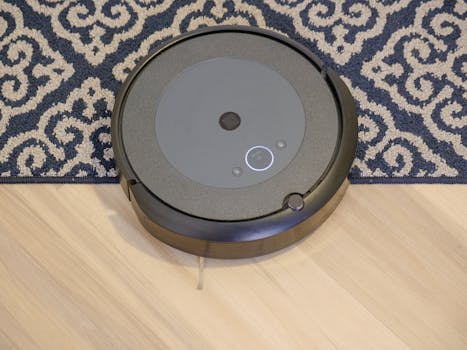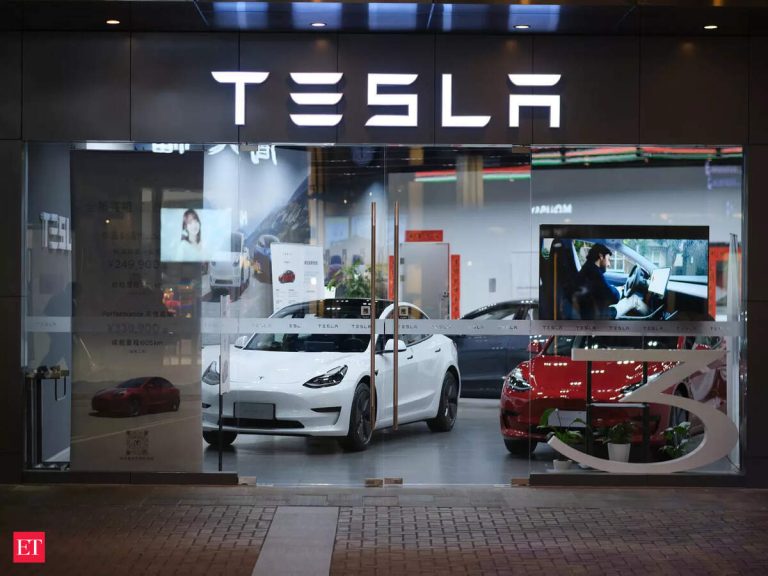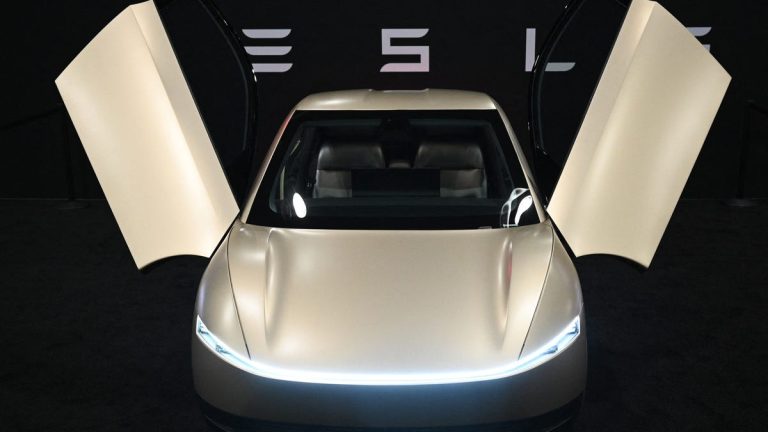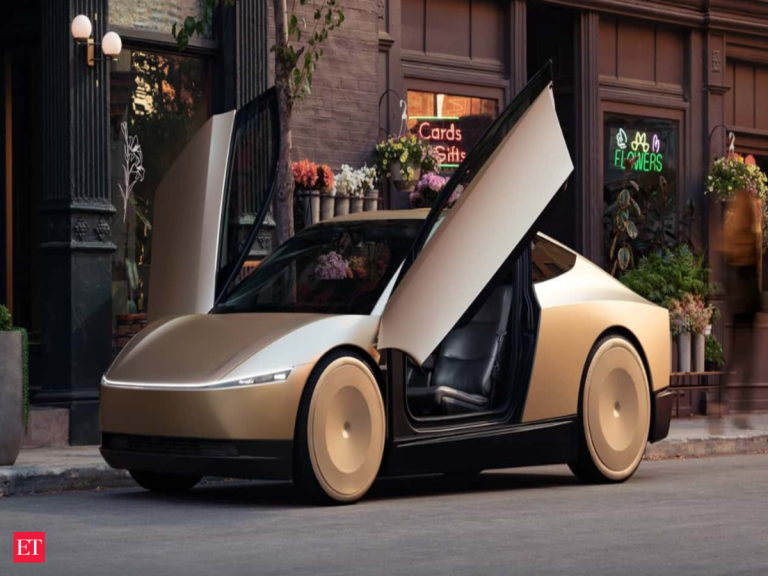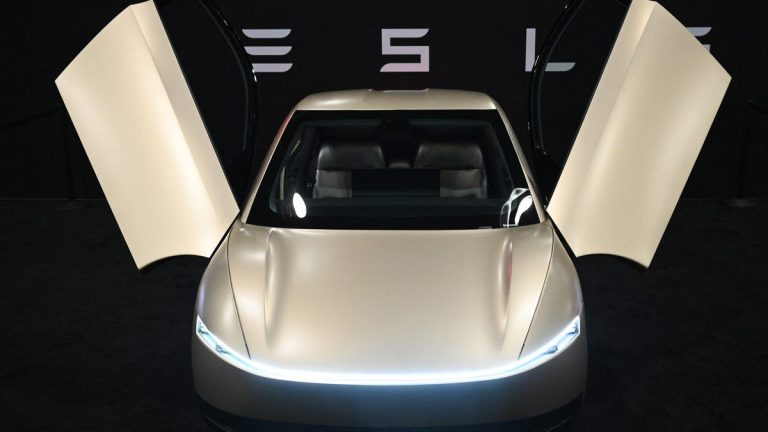
Smart Homes and Smart Living: The Technological Transformation of European Homes by 2025
Smart Homes and Smart Living are revolutionizing the way we live, work, and interact with our surroundings. The European home is undergoing a significant transformation, driven by advancements in technology and the Internet of Things (IoT). By 2025, smart homes and smart living will become the norm, offering unparalleled convenience, efficiency, and sustainability.
Introduction to Smart Homes
A smart home is a residence that has been equipped with advanced technology and automated systems to provide a comfortable, convenient, and secure living environment. Smart homes integrate various devices and systems, such as lighting, heating, cooling, entertainment, and security, to create a seamless and intuitive experience for occupants.
The concept of smart homes has been around for several decades, but it is only recently that the technology has become affordable, accessible, and widely adopted. The proliferation of smartphones, tablets, and voice assistants has made it possible for people to control and monitor their homes remotely, using a variety of devices and platforms.
Key Features of Smart Homes
Smart homes typically include a range of features, such as:
- Home automation systems that control lighting, temperature, and security
- Energy management systems that optimize energy consumption and reduce waste
- Entertainment systems that integrate audio, video, and gaming
- Security systems that include cameras, alarms, and motion detectors
- Health and wellness systems that monitor air quality, temperature, and humidity
These features are designed to provide a high level of convenience, comfort, and security, while also reducing energy consumption and promoting sustainability.
Benefits of Smart Homes
The benefits of smart homes are numerous and significant. Some of the most notable advantages include:
- Increased convenience and comfort
- Improved energy efficiency and reduced energy bills
- Enhanced security and safety
- Improved health and wellness
- Increased property value and appeal
Smart homes also offer a range of benefits for people with disabilities, elderly individuals, and those with mobility issues, by providing a safe, comfortable, and accessible living environment.
Technological Transformation of European Homes
By 2025, the European home is expected to undergo a significant transformation, driven by advancements in technology and the IoT. Some of the key trends and developments that will shape the future of European homes include:
- The proliferation of voice assistants and smart speakers
- The adoption of 5G networks and high-speed internet
- The growth of the smart home market and the development of new products and services
- The increasing importance of energy efficiency and sustainability
- The rising demand for smart home devices and systems that integrate with existing infrastructure
These trends and developments will have a profound impact on the way we live, work, and interact with our surroundings, and will require significant investment and innovation in the fields of technology, architecture, and design.
Conclusion
In conclusion, smart homes and smart living are revolutionizing the way we live, work, and interact with our surroundings. The European home is undergoing a significant transformation, driven by advancements in technology and the IoT. By 2025, smart homes and smart living will become the norm, offering unparalleled convenience, efficiency, and sustainability. As we look to the future, it is essential that we prioritize investment and innovation in the fields of technology, architecture, and design, to create homes and communities that are comfortable, convenient, and sustainable for all.

